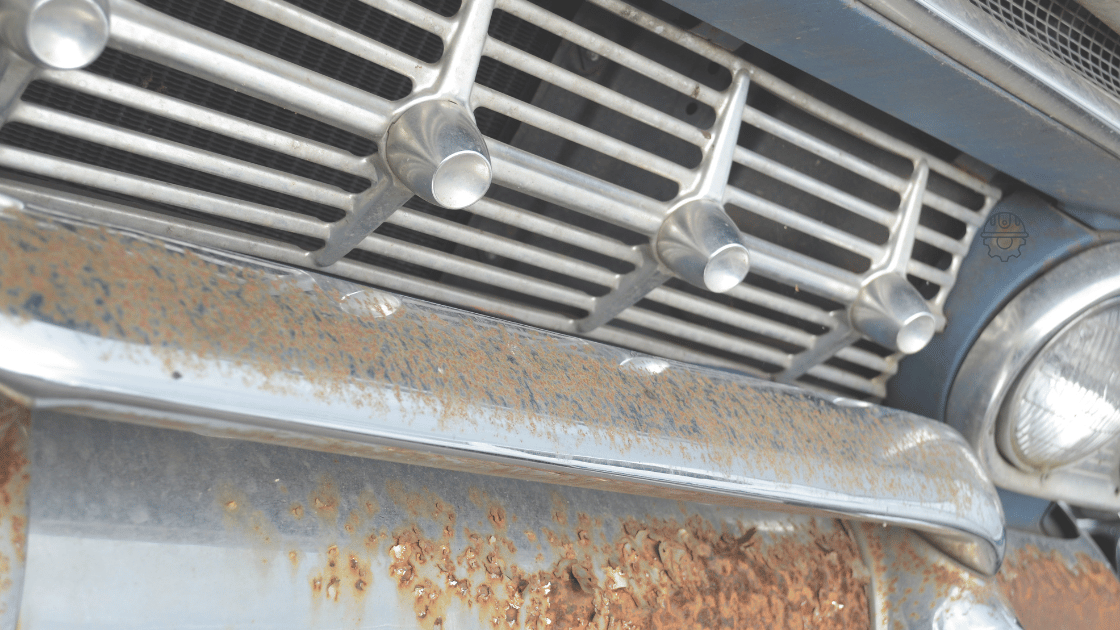
Flash rust happens quickly after surface cleaning, whether you're using rust, chemicals or sandblasting. When a cleaned metal surfaces come into contact with moisture and oxygen, the exposed metal forms a thin layer of reddish-brown rust. This can show up within minutes or hours of cleaning, especially with water-based cleaning processes.
Flash rust can then interfere with the proper adhesion and performance of protective coatings, potentially leading to coating failure and further corrosion.
There are steps part restoration companies, like Laser Clean Pro, can take to mitigate the risk of flash rust.
Flash rust is a form of corrosion that rapidly appears on metal surfaces, usually iron or steel, after cleaning or exposure to moisture. Unlike regular rust, flash rust is primarily a surface phenomenon, meaning it doesn't penetrate deep into the metal like other forms of corrosion.
In addition, it adheres loosely to the surface, meaning it can be easily removed with light abrasion or wiping.
Flash rush is caused by exposure to moisture, which can come in the form of humidity, rain, cleaning agents, etc. As a result, some forms of cleaning are more prone to flash rust than others. For example, water jetting actually leaves a thin film of water on the surface. Even after drying, moisture remains causing flash rust to appear quickly.
Other forms of cleaning, like sandblasting also come with exposure to water because the sand itself needs to be cleaned away some how and water is often the most effective way of doing so.
Meanwhile, laser cleaning doesn't use water and doesn't require cleanup. In other words, laser cleaning does not require any water to touch the newly cleaned surface.
Protection after cleaning is essential for ensuring the longevity of your restoration efforts. Applying a protective coating immediately after laser cleaning creates a strong barrier against moisture, preventing flash rust from forming. Using rust inhibitors as part of this after-cleaning process can further enhance protection, saving you money on future maintenance.
This two-step approach not only helps maintain the aesthetic quality of classic cars but also ensures their structural integrity over time.
Car enthusiasts working in their home garages can take practical steps to prevent moisture-caused rust. Simple actions, like adding climate control solutions, can greatly reduce the risk of flash rust. Combining laser cleaning with these environmental protections provides a complete strategy for rust prevention, boosting a vehicle's resale value and keeping it original.
Keeping a rust-free surface matters for both the looks and working life of classic cars. Preserving these aspects not only improves resale chances but also makes sure the vehicle remains true to its era.